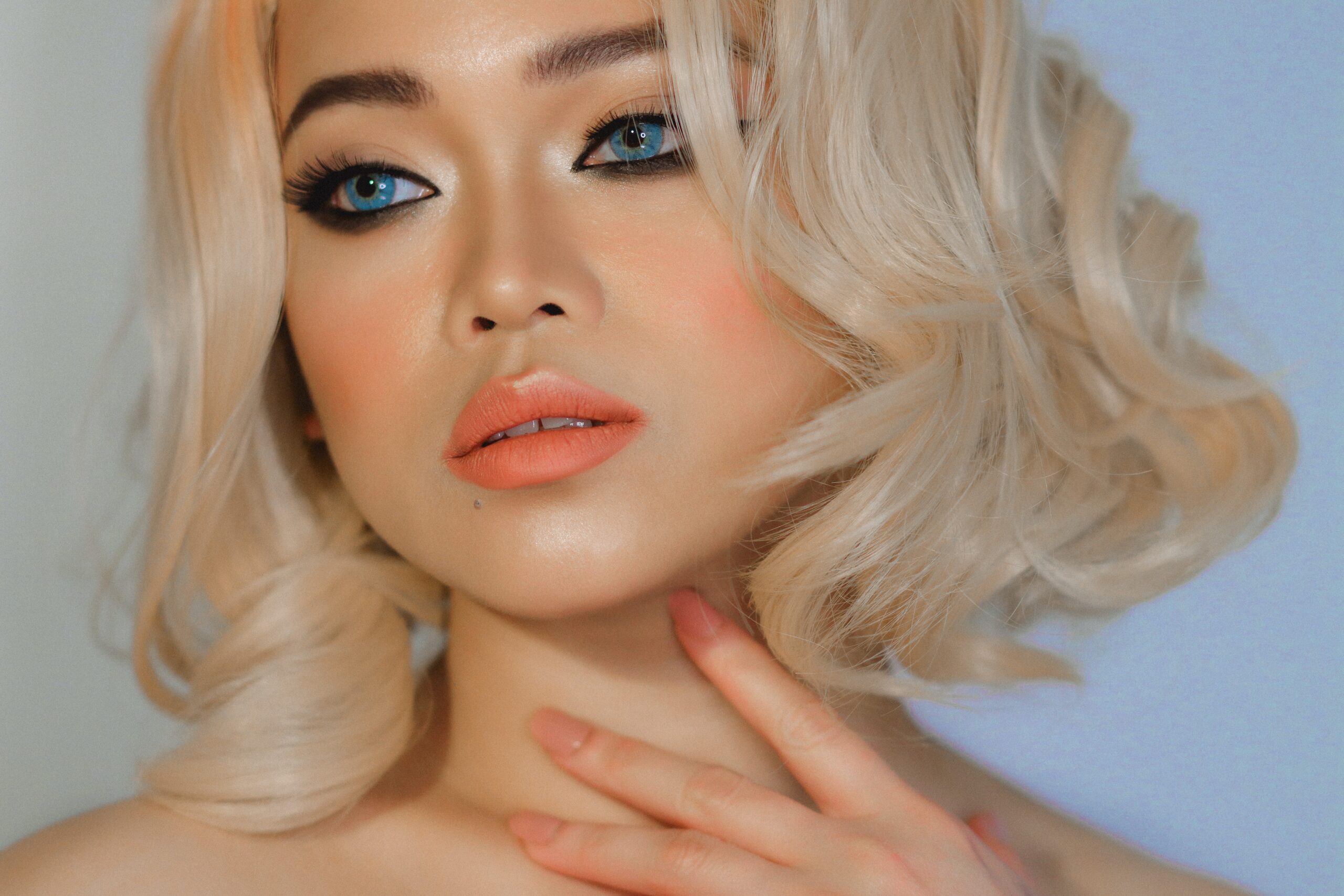Lip blushing is a cosmetic procedure that involves the permanent application of pigment to the lips, resulting in enhanced color and appearance. This treatment is considered a form of tattoo and permanent makeup. During the procedure, a provider, who could be a tattoo artist or aesthetician, applies colored ink to the lips to achieve a deeper and more natural shade. People opt for lip blush Vancouver for various reasons, such as improving the color or shape of their lips or obtaining a consistent coloring without relying on temporary lip makeup.
Before undergoing lip blushing, individuals typically consult with a provider to discuss the procedure, aftercare instructions, and desired results. The entire process, which includes taking before and after photos, finalizing the color, numbing, the actual procedure, and aftercare guidance, usually takes about 2 to 3 hours. To minimize discomfort, providers may apply a topical anesthetic or numbing cream prior to the procedure. The pigment is then tattooed into the lips using a sterile needle and various tools like a tattoo coil machine, pen, rotary device, or handheld device. After the procedure, the provider explains the aftercare instructions and provides any necessary healing products.
While some discomfort may be experienced during the lip blushing procedure, the level of pain varies for each individual. Providers take measures to minimize pain by applying numbing creams or anesthetics. According to cosmetic blogs and articles, the pain associated with lip blushing is typically minimal and can be compared to a scratching or pinching sensation. However, if anyone experiences severe pain during the procedure, it is important to communicate this with the provider.
What is lip blushing?
Lip blushing is considered a permanent cosmetic treatment by the Society of Permanent Cosmetic Professionals (SPCP) because it involves tattooing pigment into the upper dermal layer of the skin, which is not easily removable. Over time, color fading may occur, and individuals may require additional lip blushing sessions to refresh the color if desired. Factors like sun exposure, weather conditions, and topical lip products can affect the longevity of the color.
Potential risks and Precautions
When it comes to potential risks and precautions, it’s important to note that the lack of regulations and scientific research surrounding lip blushing poses a risk of adverse effects. The Food and Drug Administration (FDA) highlights several risks associated with permanent makeup and tattooing. These risks include the possibility of infection due to unsterile equipment, needles, or contaminated ink; allergic reactions to certain ink shades, which can be challenging to remove; the formation of granulomas, small areas of inflammation; and the development of keloids, raised scars that are more likely to occur during tattoo removal rather than lip blushing. Additionally, some pigments used in permanent makeup may react with MRI scans, potentially causing swelling or burning in the affected area. While this is a rare and temporary occurrence, individuals with lip blushing should inform their healthcare provider or radiologist before undergoing an MRI. Removing or reversing a lip blushing treatment can also be difficult.
Individuals with cold sores on their lips may need to take antiviral medication before undergoing the lip blushing procedure to prevent complications. After the procedure, the lips initially appear darker in color, but as they heal, the color gradually lightens and softens to the intended shade. The complete transformation of the lips into the final coloring may take up to six weeks. During the healing process, individuals may experience mild swelling, and in some cases, minor bleeding or bruising if the lip skin is thin and closer to the vascular system. Bruising typically subsides within a few days, and the lips may feel tender during this initial period. It’s common for the lips to have a much darker color for about 6 to 10 days before it fades to the desired shade. Proper aftercare is essential, including following specific instructions from the provider, which may involve using a protective lip balm to combat dryness.
The healing process
The healing process usually takes around 4 to 6 weeks, and individuals may have a follow-up appointment for their provider to take a final photo of the healed procedure.
